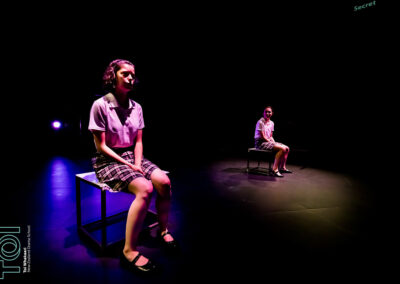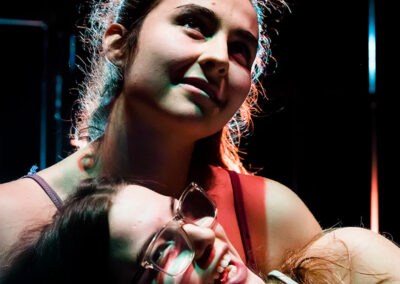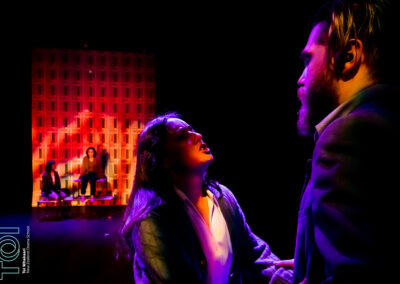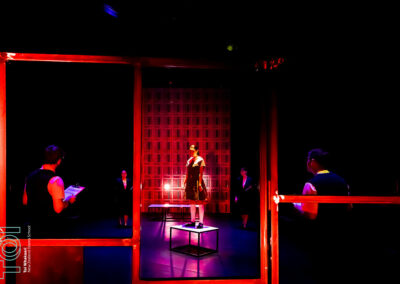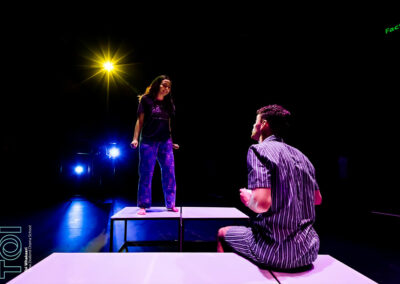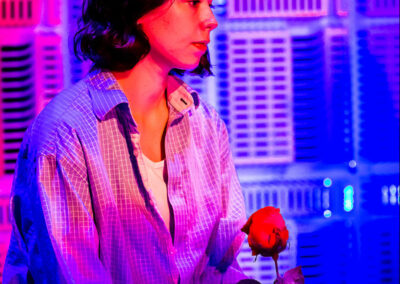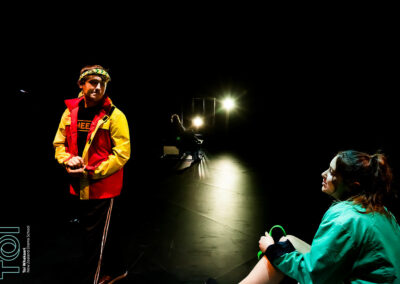Love and Information by Caryl Churchill
TOI WHAKAARI DOUBLE BILLDirector's Program Notes
Love & Information
Director’s Note
Dr. Peter Zazzali
Written in 2012, Love and Information is arguably Caryl Churchill’s most human if deliberately obtuse work. It poses more questions than provides answers. With respect to the title’s latter criterion, humans are informed in myriad ways: the multiple manifestations of digital technology and spoken language are perhaps the most obvious, but as the play suggests, semaphore, sign language, bird calls, dance, and even “sex” are also conduits for knowledge/data exchange. The other titular theme, love, is harder to identify. While a dictionary yields predictable definitions and synonyms ranging from “affection” and “adoration” to “idolization” and “devotion,” one might argue that love also applies to the very act of “being present” in one’s daily experience, thereby “loving”—if you will¾one’s multifaceted surroundings and relationships therein, which can include caring for the environment, each other, and the creatures with whom we share this amazing planet.
Unfolding like a piece of chamber music, Love and Information consists of 43 independent vignettes contextualized by 7 movements over the course of 69 minutes. Woven as a puzzling tapestry, these mini-stories each represent the costs and benefits of an “information age” marked by Twitter, Facebook, and Big Data. While information may afford us immediate gratification and sociocultural influence, its pursuit oftentimes comes at the expense of our imaginations, our empathy, our souls, and yes, our ability to practice “love.” The play thus unwraps as a pointillistic critique of how we navigate survival in the digital age¾each vignette is a brush stroke, a dab on the canvas, a snapshot constituting Churchill’s tapestry of humanity in the modern world. Its form and function reciprocally integrate to offer a fragmented structure that theatrically echoes our ever-decreasing attention spans and commensurate disconnection from ourselves, each other, and the present moment. Thus, the play’s titular themes¾love and information¾are a dialectic representing an age in which progress and regression are contradictory bedfellows, with the future of the human condition very much at stake. As such, again, it poses more questions than answers.
Cast & Design Team
- Set/Costume Design:
- Brian King
- Lighting Design:
- Jennifer Lal
- Projection Design:
- Isaac Kirkwood
- Cast:
- Lance Ainofo, Lydia Bensky, Richard Crouchley, Lucy Dawber, Robert Johansson, Dani Meldrum, Eliis Uudekull, Myer Van Gosliga, Eden Wallace, and Rasmus Wessman

